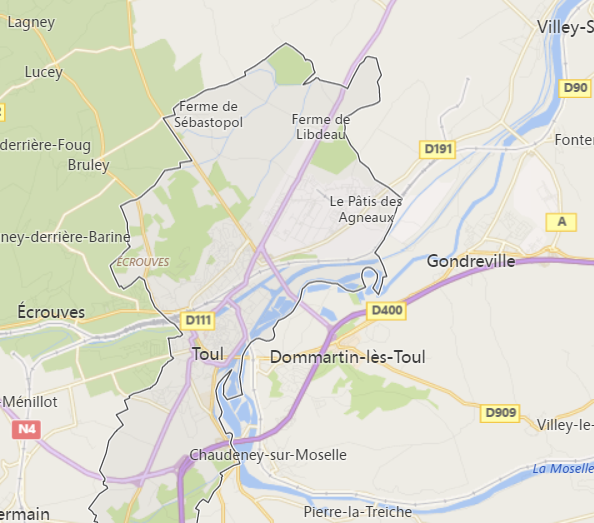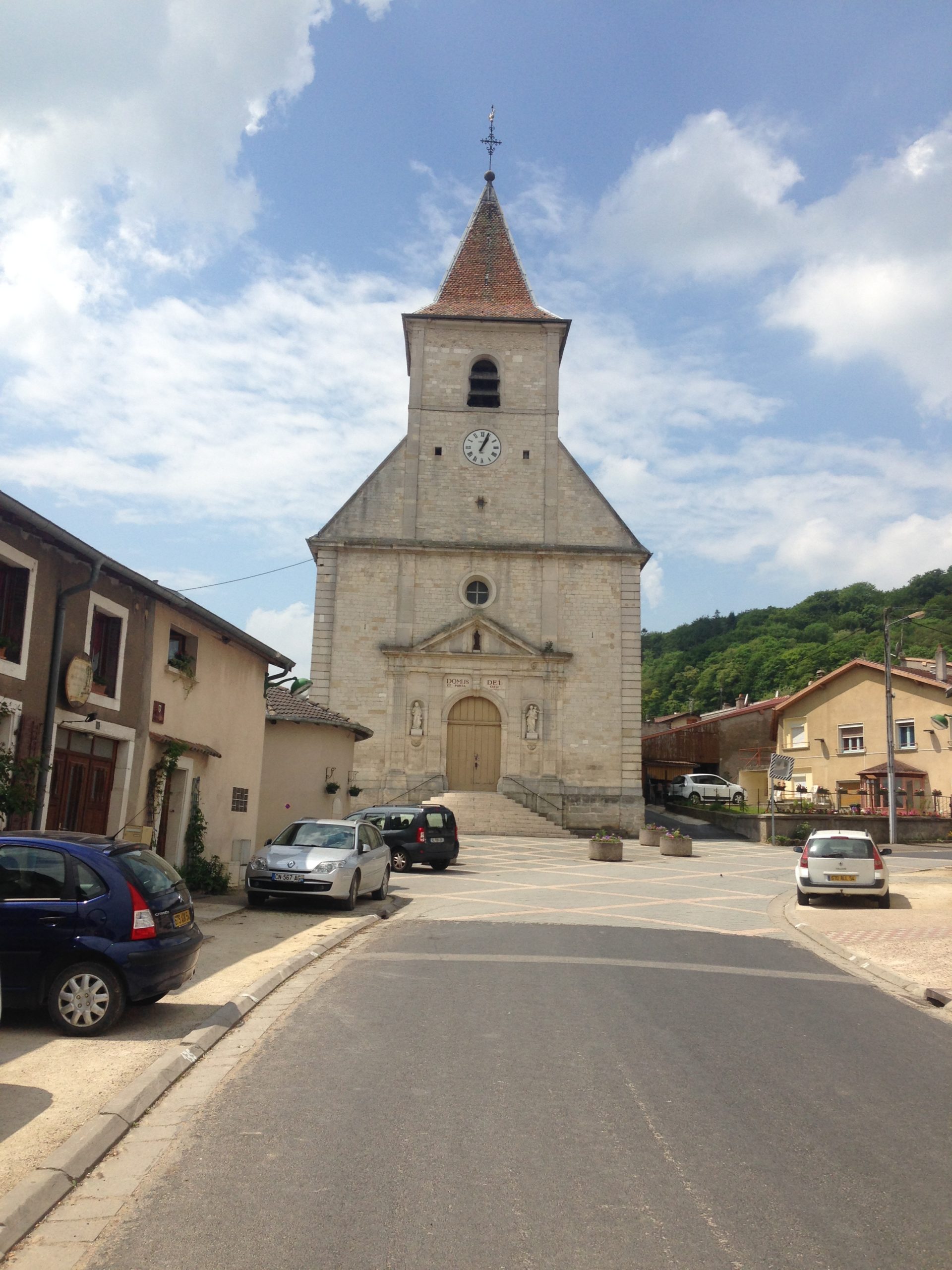The Mosel begins in France ya know.
You can track the source of the Mosel – let’s call it “Moselle” ’cause we’re in France – to about 100 kilometers south and west of Strasbourg, in France’s Alsace. It begins up in the Vosges mountains, on the western flank, wandering some 300-plus kilometers north before crossing into Luxembourg and Germany.

As it meanders out of Alsace, the Moselle passes through any number of bucolic towns. This is the Lorraine, a region with a viticultural history that goes back to Roman times. Ask anyone, yo: from the 15th to the 17th centuries this region was the ****, thanks to the Dukes of Lorraine and the Bishops of Toul. The 20th century, however, was not so good to the region. List the tragedies: the rise of the railways and with them competition from the cheap wines of the Languedoc-Roussillon, phylloxera, two world wars (in which parts of Lorraine were, literally, the front lines) and Champagne finally enforcing its geographic limitations (prior to this, many grapes from nearby Lorraine went right into Champagne) cutting off a huge market for the grapes and wines.
And thus the more important wine-growing regions of the Lorraine (Côtes de Toul, Moselle and Vin de Pays de la Meuse) have spent the last few decades in the shadows. Though the Côtes de Toul was awarded AOC status in 1998, it remains largely unknown. My wife’s French uncle, who is very interested in wine and lives only a few hours away, basically said “Côtes de What?” when I told him I was bringing in a small producer from his neck of the woods.
This is all largely understandable. First, the Côtes de Toul appellation is small, only about 100 hectares. Second, there are few really serious growers (perhaps only one?) looking to make more than just good-enough, cheap-ish wines.
Camille Migot is most certainly serious. He is a young dude; his first vintage was 2013. Migot’s family has been working the vineyards around here for some 13 generations. Thus he has some pretty concrete ideas of what he will and won’t do. The estate, only five hectares in size, is certified organic and the vineyard work is impressive. If these sites aren’t famous, they are loved. You can feel it (and you can see it). Every grape is hand-harvested. In the cellar, Camille is part of the younger generation looking past the “technologies” of the past few decades and returning to something more basic. All fermentations are carried out by natural yeasts. Élevage can be in both stainless steel or neutral oak; bottling is carried out with only the lightest of filtering.
The soul of the wines in Migot’s Côtes de Toul has more to do with Chablis and Chitry than anything else. They are sharp; the fruit can be very detailed, but the layers are always fine and the overall sensation fresh. The minerality, the acidity of the region, has a texture, a saturating quality that is staining and pervasive.
The specialty of the region is probably the “Vin Gris,” a waxy, deep and mouth-coating salmon-tinged rosé that, despite its depth, quivers with acidity. Migot’s version is almost incomprehensible in its combination of texture and power, with lightness and zing. The general blend is about half Pinot Noir and half Gamay.
Migot’s Pinot Noir can clock in as low as 11% alcohol; he does not chaptalize it. Thus it hovers somewhere between the bright and fresh reds of the north (Coteaux de Champenois at 95% off anyone?) and the herbal reds of the Loire Valley. Served with a slight chill in the summer, it is a red with the soul of a white wine.
So Côtes de Toul, eh? Y’up.




